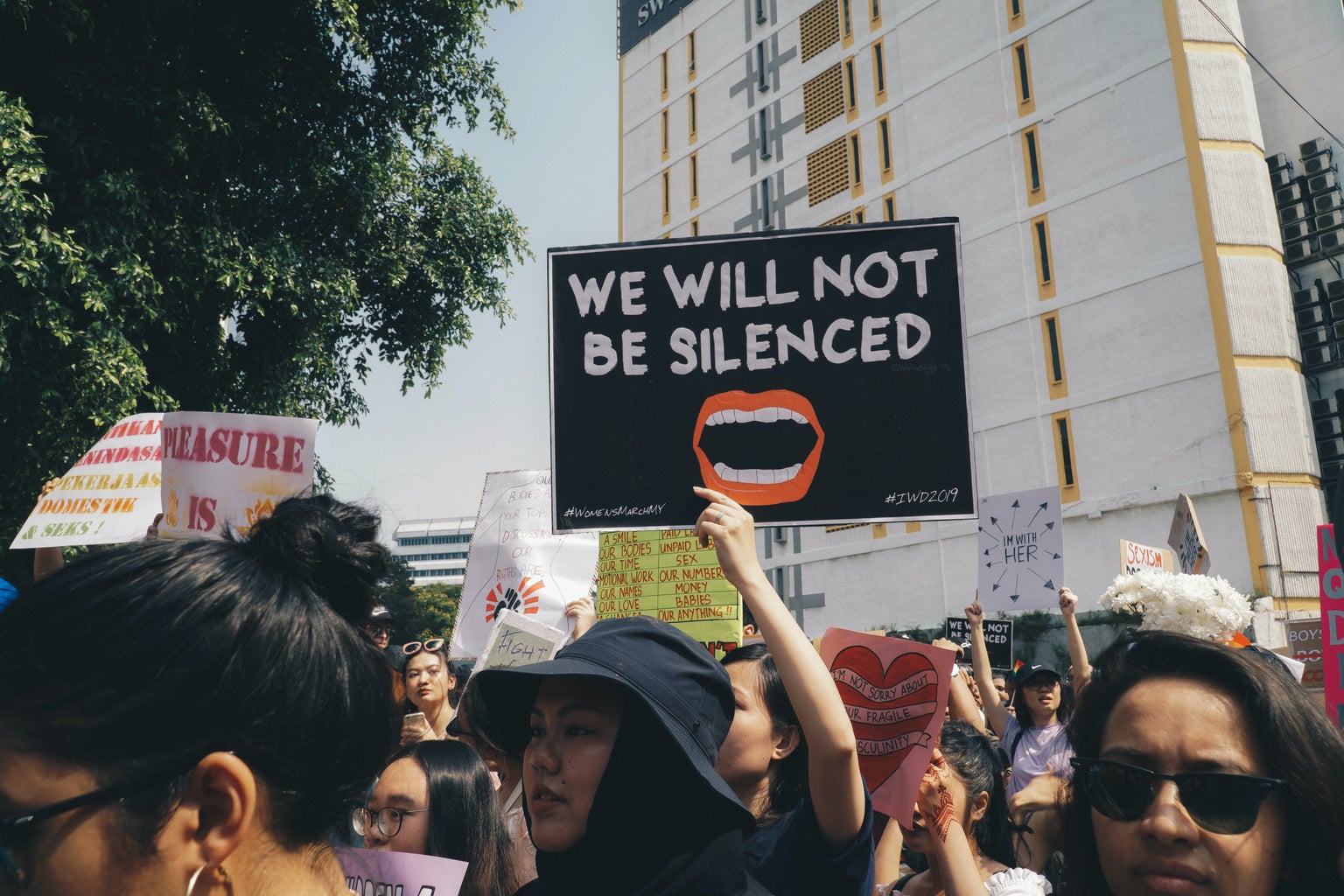Many are familiar with Shein, a clothing site that showcases fast-fashion finds to consumers at an affordable price range. Since its debut in 2008, the website has driven millions of users, seeing an especially heightened popularity around the 2020s. This may not be so hard to believe – who wouldn’t be intrigued by cheap and trendy fashion picks at your fingertips? Accelerated by the hyped-up hauls, trends and giveaways, social media has played quite a role in the brand’s overall success.
Recently, however, Shein has come under tough scrutiny by many of its loyal customers. Though Shein’s unbeatable fashion deals are hard to pass by, the ethical concerns seeping through its production seems to worry customers far more. From allegations of design infringement to those of forced labour, Shein’s shiny brand name is starting to wear off.
Time Magazine, in an article published earlier this year, outlined many of the harmful practices that Shein supports as a company. Workers rights being the highlight of their report, Shein’s consistent mistreatment and exploitation of its workers is of great concern. An excerpt from TIME’s article provides us insight into this treatment, as it explains: “Channel4’s documentary, Inside The Shein Machine, sent undercover cameras to film factory workers who were forced to pull 17-hour shifts to make hundreds of garments a day. In one factory, they made a daily base salary of $20, which would then be docked by $14 if any garments had mistakes” (Rajvanshi, 2023).
With the company’s ill treatment of its workers being unsettling enough, Shein’s disregard for its impact on the environment leaves behind a bad taste in itself. The same article noted that the brand’s production processes were especially costly to our ecosystem. “The company leaves about 6.3 million tons of carbon dioxide a year” (Rajvanshi, 2023), Incidentally producing a monumental carbon footprint.
Social media users have been just as quick to help tear down Shein as they were when building it up. The takeaway? The success of any brand, ethical or not, is ultimately in the hands of us – the everyday consumers. It’s up to us to make sure that we are shopping from brands and websites that demonstrate transparency, fair ethics and responsibility.
So the next time you contemplate buying that extra-affordable jacket off a site, make sure it will be a purchase that makes you and the world happy.




